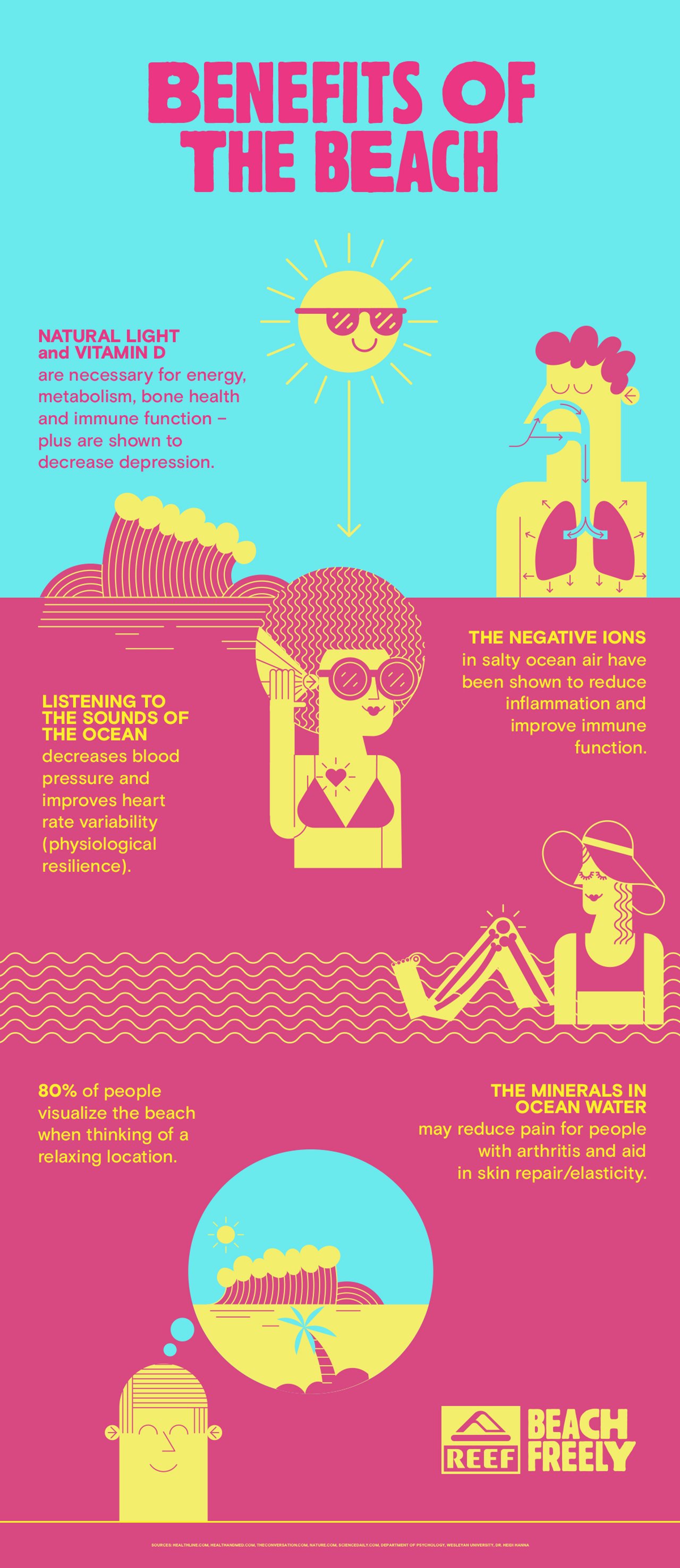2019-05-22T07:01:00
(BPT) – When it comes to feeling your best, many people agree that energy plays a major role not only in our productivity but also our overall happiness. While we all wish there was a quick fix, sustained energy is not easily attained by just another cup of coffee. Energy needs to be generated from the ground up. Healthy, daily nutrition habits are key to this equation as our bodies transform the food we eat into usable energy. On the flip side, there are also habits to avoid that leave us feeling fatigued.
Tieraona Low Dog, M.D., chief medical advisor at MegaFood®, identifies several tactics to consider if you’re looking to create lasting energy:
1. Prioritize nutrient-dense food

The food you eat each day is essential for generating and sustaining healthy energy levels. Start the day with protein at breakfast (such as Greek yogurt, nuts or eggs) as protein helps to stabilize blood glucose levels, which can keep your energy levels stable and strong. Eating a wide variety of organic fruits and vegetables throughout the day will also help you get vital nutrients your body depends on for optimal health. Be sure to incorporate leafy green vegetables, such as kale and spinach, which are a good source of iron and vitamins.
2. Identify nutrient deficiencies

Do you experience ongoing fatigue? If so, check with your healthcare practitioner to know if a larger health issue, such as a nutrient deficiency, may be the cause. Fatigue is the most common symptom of iron deficiency — iron is needed to transport healthy oxygen throughout the body. After talking with your healthcare practitioner, consider taking an iron supplement like MegaFood Blood Builder®, which boasts nourishing, whole foods like beets and organic orange, and has been shown in a clinical study to increase iron levels without unwanted side effects. (See bloodbuilder.com for more information.)* Vitamin B12 is also important for physical and mental energy as well as emotional wellness. If you’re over 50 or on a vegan diet, you are more likely to be B12 deficient so check in with your doctor to get your levels tested.
3. Address stress

We often find ourselves with too much to do and not enough time to do it all. With the rapid pace of modern life, eight out of ten Americans feel occasional stress during their day, according to a Gallup Poll. Try a daily meditation practice or integrate more exercise into your routine to help reduce stress hormones and produce endorphins, chemicals in our body that help us feel more relaxed. A category of herbs called adaptogens also helps the body adapt better to stressors. Consider supplements with adaptogens, like ashwagandha, holy basil and rhodiola, to help ward off fatigue.*
4. Get some sleep

We’ve heard it before — restful sleep is essential to our well-being, yet nearly half of Americans do not get enough sleep, according to a survey compiled by the National Safety Council. A good night’s sleep allows you to recover physically, mentally and emotionally. Try integrating “sleep hygiene” into your regular bedtime routine. This could be as simple as turning off your screens well before bedtime, taking a warm shower or bath, adding several drops of lavender to your diffuser and taking a sleep supplement that naturally supports relaxation and healthy sleep.*
When your body is properly energized, you feel better and as a result, perform better throughout the day. Choosing the right foods, sleeping well and managing your stress are all key to producing and sustaining long-term energy. To succeed in these areas, supplements can be helpful in filling any gaps, particularly those which are made with real food and added nutrients to support your body and a more sustainable future. The more you instill healthy habits that evoke natural energy, the happier your body (and mind) will be.
To learn more about how to sustain energy levels naturally, visit megafood.com/energy.
*This statement has not been evaluated by the Food and Drug Administration. This product is not intended to diagnose, treat, cure or prevent any disease.











